Optical Effects in Gemstones
Introduction
Some gemstones display fascinating optical effects due to the structure, inclusions and properties of these gemstones interacting with light differently. Some of the more common optical effects include:
- Adularescence
- Asterism
- Aventurescence
- Chatoyancy
- Colour change
- Iridescence
- Play-of-colour
Adularescence
Certain gemstones display a shine/light that seems to glide over the surface of the gem and this is called adularescence. It is caused by the light hitting the various layers of different feldspars. Moonstone is one such feldspar which displays a milky white to soft blue shine. The effect is best seen when the stone is cut en cabochon (or a smooth polish in the case of beads) and we have plenty of beautiful moonstones that display adularescence on our website.
Asterism
The word 'asterism' comes from the Latin word aster, meaning star, and is the effect of light rays forming a star on the surface of a cabochon. This is a rare optical effect and is caused by the particular orientation of tiny needle-like inclusions in certain stones, such as ruby, sapphire, garnet, diopside and spinel.
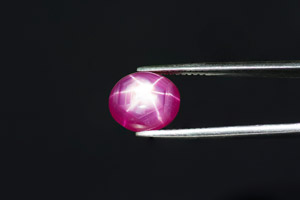
Aventurescence
Aventurescence is the glittering reflections of lots of tiny solid inclusions in certain gemstones. Aventurescence is also called "schiller", particularly in relation to sunstone, where the inclusions create a glittery, sparkling effect.
Chatoyancy
Gemstones with fine parallel fibres, silk or needles can create a cat’s-eye effect when the stone is rotated under light. A band of light is reflected similar to to light bouncing off a cat’s-eye, hence chatoyancy is also know as the cat's-eye effect. Examples of gemstones which can display chatoyancy are tiger's eye, tourmaline, apatite, beryl, scapolite and chrysoberyl.
Colour change
Gemstones’ colours can look very different on a sunny day versus on an overcast day. With different types of lighting like tungsten, halogen, incandescent, the differences in colour can be far greater. Alexandrite, a variety of chrysoberyl, exhibits spectacular colour change – greenish under daylight and reddish under tungsten light. Other stones that can display colour change are: sapphire, garnet, spinel, diaspore, and tourmaline.
Iridescence
Iridescence is an optical phenomenon produced when light is reflected from structural layers in a gemstone and causes it to be broken up into spectral colours. The metallic rainbow hues in labradorite is called specifically "labradorescence". Iridescence can be found in a variety of stones including fire agate, moonstone, abalone and ammolite.
Play-of-colour
Play-of-colour is the term used to describe the different colours seen in opals. When light passes through the silica spheres in opal it refracts (ie bends) and splits the light into different colours giving it flashes of colour that jump as you rotate the stone. You can see this optical effect in our large range of opals.
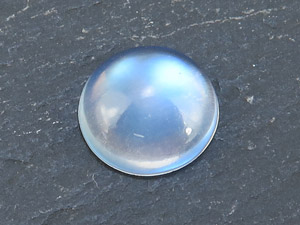
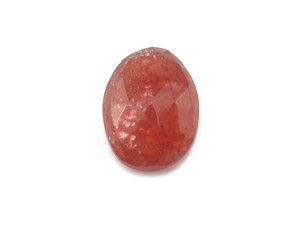
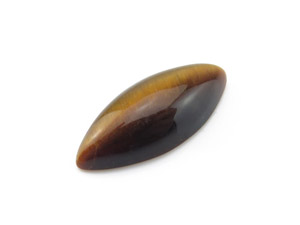
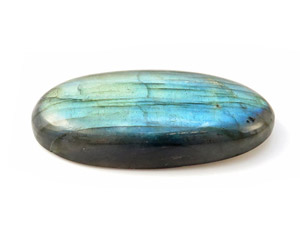
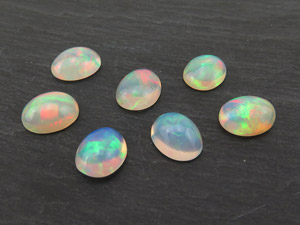
These look beautiful the change of colours is amazing